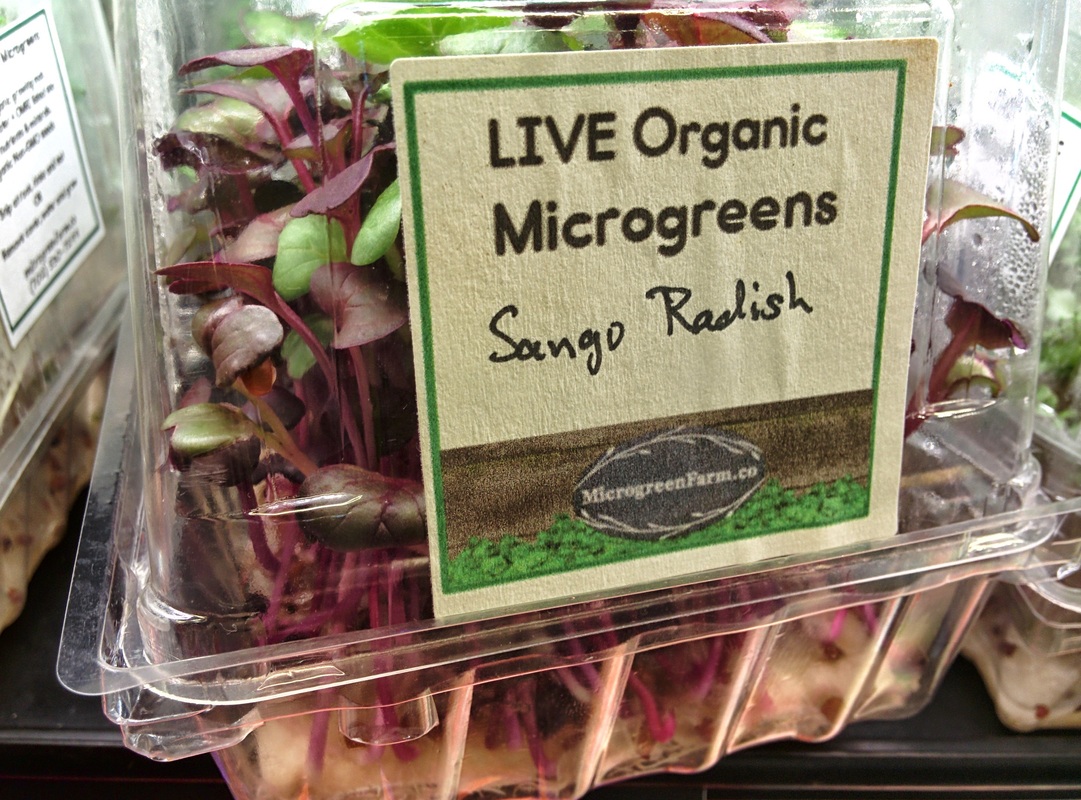|
In our previous installment we highlighted the journey on finding a solution to many a problem, both for plants and for animals. A shortage or imbalance of trace nutrients can manifest itself in many debilitating diseases and breakdowns in critical functions in living systems. The lack of key nutritional elements has be exacerbated by modern farm techniques that cater to looks and transportability rather than the nutritional content of our foods and the health of our topsoil. These trace elements control the content of the food we grow and allow fertility of the soils that crops are grown in. The lack of any key member of trace elements can cause deficiencies in the profile of the crop and also affect the health of the consumer by passing through a lack of key and necessary nutrients. There appears to be an intricate interplay to mineral utilization, one so complex that science has only started deciphering nature's complexity. For instance, sulfur requires vitamin C for absorption. In turn, vitamin C demands copper, and copper asks for zinc. Like the law of minimums, Any lack of key trace nutrients can stop the entire chain in its tracks. Much as elements work together in ocean waters, they support each other in the similar solution in our own blood serum. Thus Dr Murray concluded that the key to wellness of both plants and animals was the ability to have all the trace nutrients available to the consumer, being either plant or animal. The consumer ultimately benefits by being able to use any available pathway to obtain valuable nutrition and creating stronger organisms. SO ... we decided that if this hypothesis was correct, then by the addition of trace nutrients we would ultimately see improvement in our crops of microgreens. The Experiments: We devised a test of this by taking our hydroponic system of growing microgreens. This system uses purified water, a sterile organic grow mat and seeds. By controlling all the variables except the introduction of the sea solids, we are able to see directly the effect of adding back the trace elements ...First batch is comparing our present "best" system which is our addition of an organic fertilizer that had yielded great results and we were delivering to our customers. First pic shows control of plain water with no nutrients and our "best" to show how much better this was than a simple water based hydro microgreen tray. The second photo compares the best system to our sea solids only tray on the same day ... note the major differences in both size and strength of the microgreens. Next pictures show the differences on delivery day which is a full 7 days of growing (note our "best system had cut 1-2 days off the normal growing time from earlier systems). The difference is not only marked, but the difference in the actual leaves, colors, strength of stem and taste are just phenomenal. Last photo is another experiment (at 5 days) using our sea solids vs our WonderSoil media that had both worm casting and fertilizer in a coir based substrate, in this photo, the sea solids are on the right but the differences are extreme. Note again how the sea solids unleashed the plants like no other. Thus our experiments showed significant results due to simply using sea solids on our hydroponic solution. Finally, in our work and subsequent use of the solution we uncovered further evidence of the positive effects of the nutrients on our microgreens. Here is a shot of our new live trays that were in a store for 2 weeks without any water or any intervention. The incredible strength and vibrancy of our microgreens is on full display ... Our next blog will unveil our sea solid fertilizer that is made for our microgreens but can be used on virtually anything ...
0 Comments
Leave a Reply. |
UrbaformUrbaform is a technology integrator and developer specializing in food production in the urban environment ... Archives
February 2020
Categories |





 RSS Feed
RSS Feed